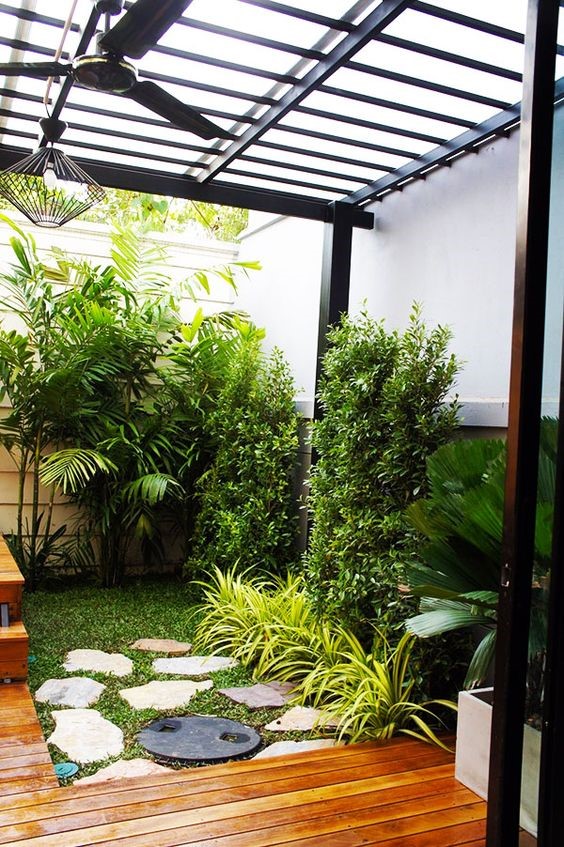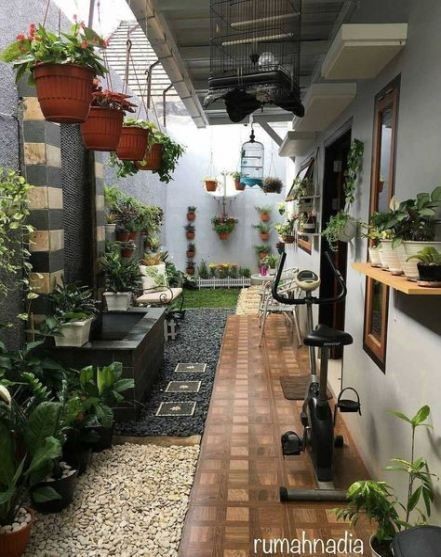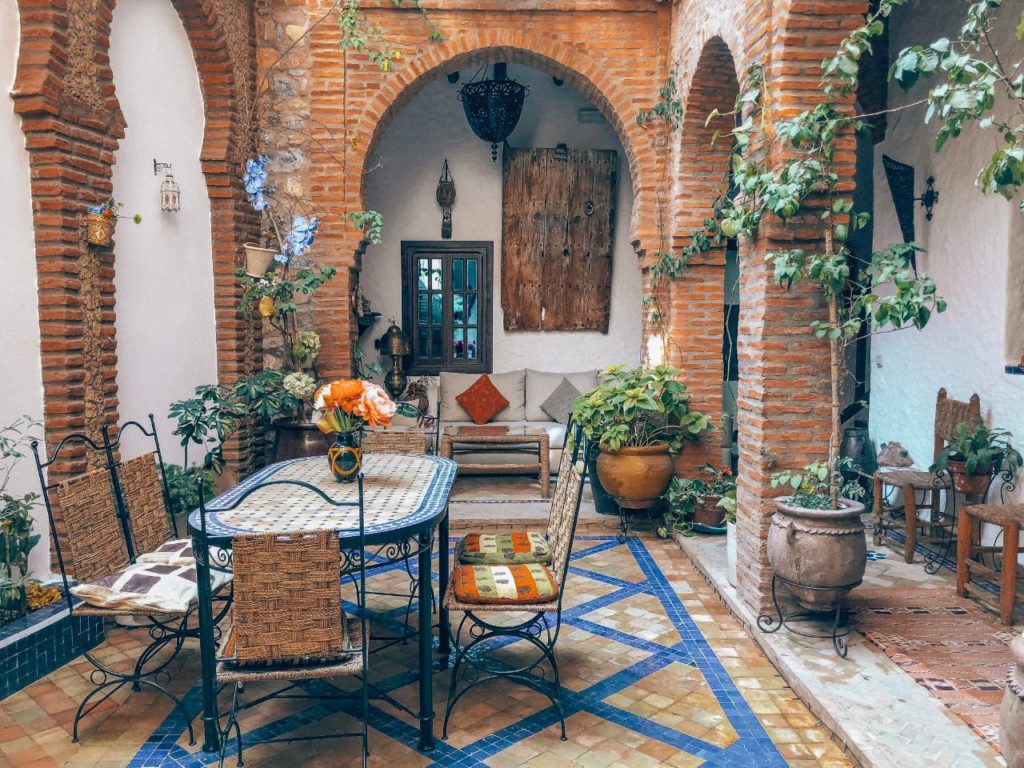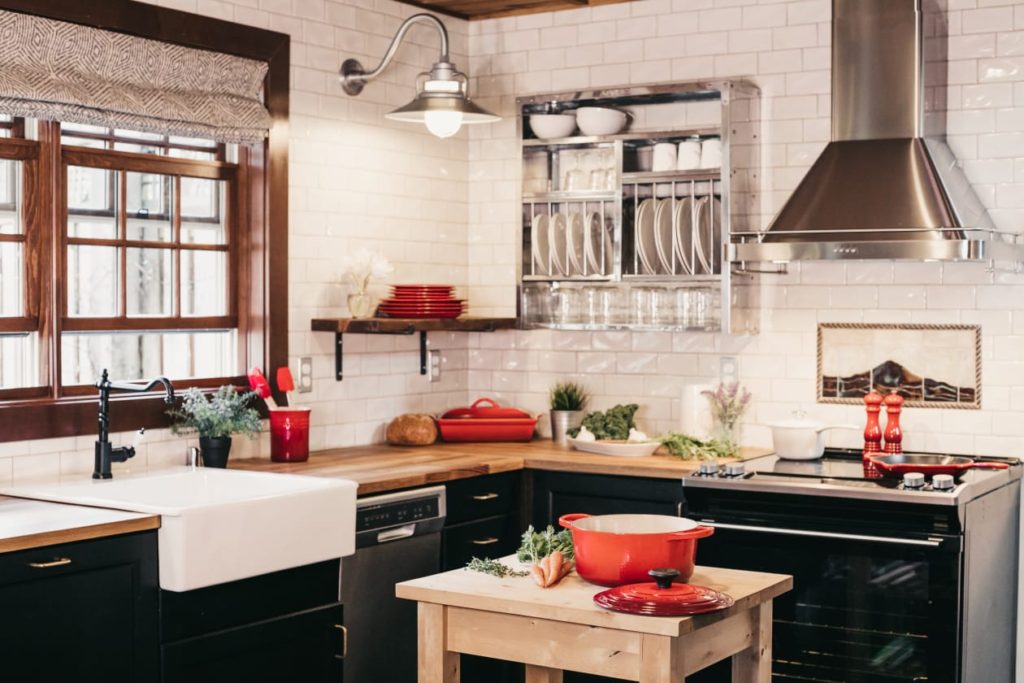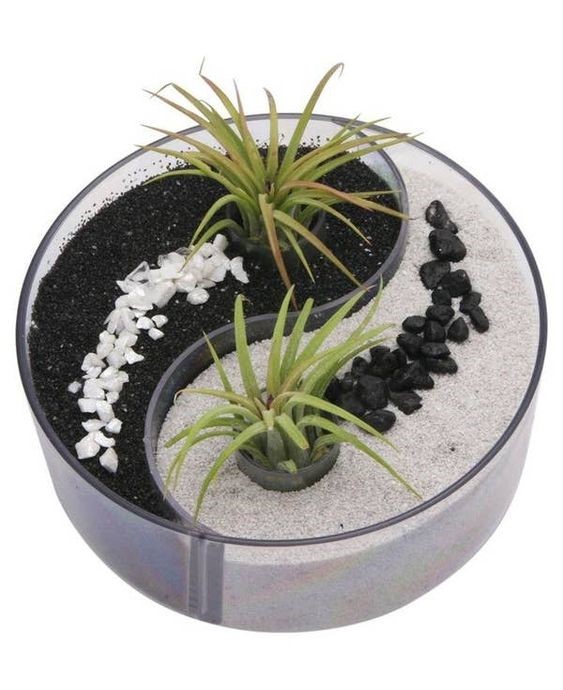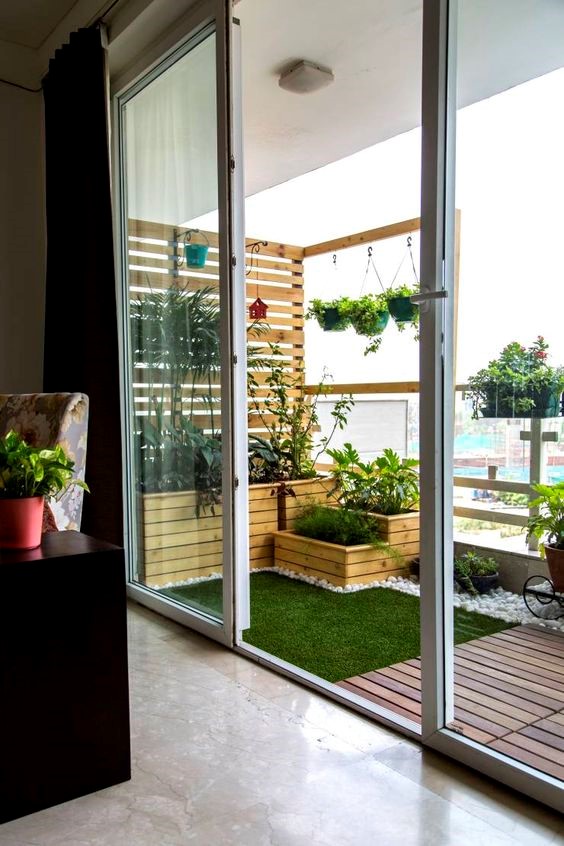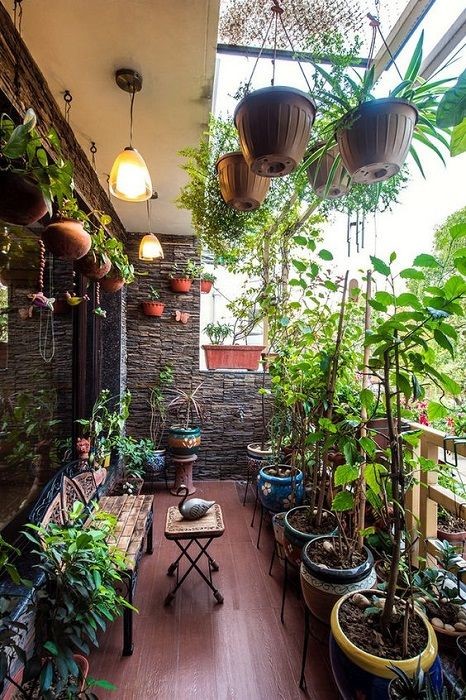In most homes, however modern or compact, a puja room or mandir oraprayer space is a must. Whatever the religion, all of us want an exclusive space in our homes to create a prayer space to talk to God. Be it an independent/large home or a small apartment space, we always find a prominent niche to create the puja room. Here are some expert interior tips to make this space a calming and transcendent one.
CHOOSING THE LOCATION AS PER VASTU SHASTRA
The first and foremost point is to choose where you want to set up your prayer space. The ideal would be to set it up either facing east or north-east. Vastu Shastra also recommends this. If this is not possible, you could place it in the west too but do avoid the south as this is not considered auspicious.
Ensure that this space is free standing and not placed under anything like a staircase, table, or shelf. Also, avoid keeping anything on top of the pooja unit.
If possible, choose a space that is not noisy as peace encourages introspection and reflection when you pray.
Keep it free of clutter – a neat space brings with it a sense of calmness and harmony, which are essential when you talk to your God.
CREATING A QUAINT SPACE IN A LARGE HOME
If you are building a house, you could design a dedicated room from scratch and customize it to be as elaborate or minimalistic as you wish. If you are moving into a villa or a large home that is already built, you can easily design an exclusive space. In this case, you could use a niche and put up lightweight wooden jaali doors to enclose it as a puja room. If you have a passageway with a wall at one end, you could use that space to set up your prayer space.
If you decide to build a puja room, the most preferred material as per Vastu Shastra is wood. Create one with metal details as that is considered auspicious. If you do not want to build a permanent puja unit or a bulky one, you could always enclose the chosen space using paneled wooden partitions.
CREATE AN EXCLUSIVE SPACE IN A COMPACT HOME
Our modern homes are built compact. And these usually don’t come with a dedicated puja room as the overall space available is very limited. However, this does not mean you cannot design one to suit the décor of the rest of the space. Choose from the many options available to create a puja room –
- A wall-mounted unit – if you don’t have enough floor space. This could easily be mounted as a floating shelf above a telephone unit or a chest of drawers, making optimum use of limited space. Here, you could even think out of the box and get a triangle unit to be fit into a corner space, instead of looking for a traditional rectangular one.
- Standing Puja Units – If you have the floor space, you could custom build a standing puja unit or choose one from the many ready-made options available. Choose one which has some shelves built in at the base so that you can store and easily access the puja essentials.
- A chest of drawers – You could use place your deity on top of the chest of the drawers. However, ensure that the storage has related items – Vastu does not recommend the storage of non-puja related items and suggests that this place should be exclusive.
- Partition a corner – Wooden jaali partitions can be used to separate the prayer space from the living room. Not only do these partitions offer some privacy, they can also double up as a décor element. Plus they are lightweight to be moved around during cleaning and don’t cost much. In the case of a fixed partition, you could consider one of glass with etched motifs as well.
SET THE AMBIENCE WITH THE CORRECT DÉCOR & ACCESSORIES
Use wood for the puja units or doors of a separate room as this looks rich. In case of movable partitions, using lightweight wood like MDF ensures that it can be easily dismantled, moved, and cleaned. You could use decorative jaali elements in the wood to enhance its look.
If going for a standing unit, you can also consider a marble one. The white of the marble signifies purity and serenity and is a preferred choice of many. You could also put in marble shelves if you have a permanent puja room.
In modern compact homes, the puja space is usually a part of the living room and as such should go with the rest of the décor. Hence, modern families prefer the use of glass and metal for their puja units.
To create a serene ambiance and highlight the space, you could use murals or a glass backlit panel with etching. Of course, lighting plays an important role – use soft warm lighting that will help in meditation. Use brass lamps, bells, incense burner, or candlesticks to up the décor as these help reflect light. If you have a separate puja room you could consider painting it yellow or orange as both these colors attract positive energy. If you like a soothing effect or want to meditate, you could also paint it a pristine white.
What designs did you like best? Leave us your comments and tips. For customized puja room solutions, reach out to our team – we will be glad to help you!




